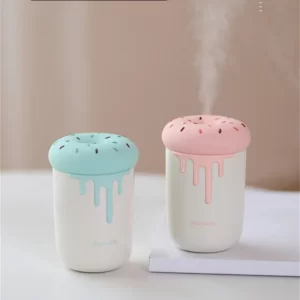What is better for cough vaporizer or humidifier?
Introduction
When it comes to finding relief for a cough, both vaporizers and humidifiers can offer benefits. However, understanding the differences between these devices is crucial in selecting the most suitable option. In this guide, we will compare vaporizers and humidifiers in terms of their functionality, safety considerations, and their effectiveness in providing cough relief. By examining their unique features, you can make an informed decision on whether a vaporizer or humidifier is better suited for your specific needs.
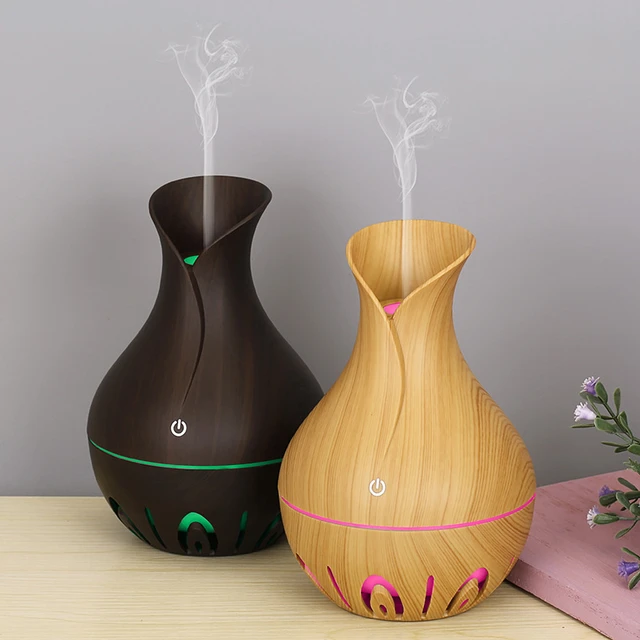
What is better for cough vaporizer or humidifier?
Understanding Vaporizers
1.1. Role of a Vaporizer
A vaporizer, specifically a warm mist vaporizer, operates by boiling water and releasing warm steam into the air. This steam can help add moisture to the environment and potentially alleviate a dry or irritated throat, providing temporary relief from coughing.
1.2. Potential Benefits of Using a Vaporizer
Warm mist vaporizers can offer benefits for cough relief, particularly for individuals experiencing congestion or a dry cough. The warm steam can help soothe dry and irritated airways, loosen mucus in the respiratory tract, and provide a comforting effect.
1.3. Safety Considerations
It is important to exercise caution when using a vaporizer, as the boiling water poses a risk of burns. Place the vaporizer out of the reach of children and ensure that it is stable and securely positioned to avoid accidental spillage.
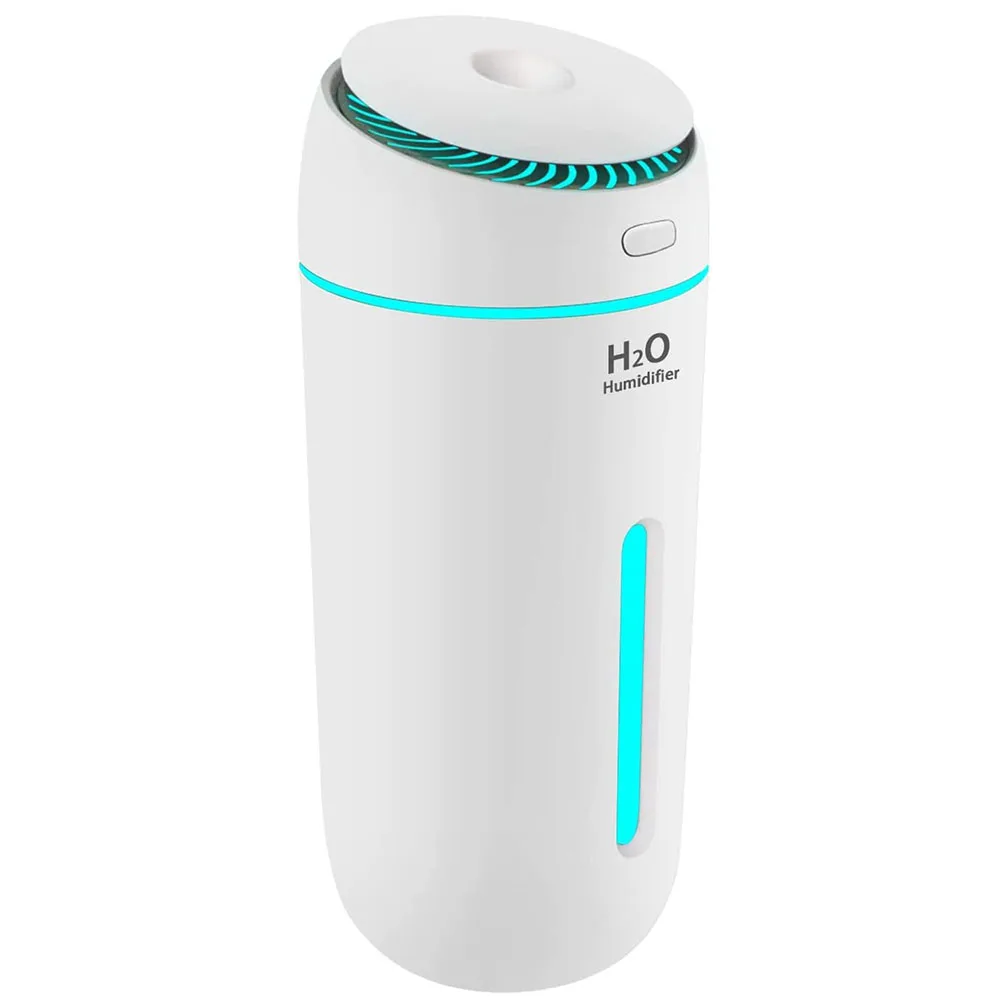
Understanding Humidifiers
2.1. Role of a Humidifier
Humidifiers work by increasing the moisture levels in the air, helping to alleviate dryness and irritation. They come in various types, including cool mist, warm mist, and ultrasonic humidifiers.
2.2. Benefits of Using a Humidifier
Humidifiers can alleviate a cough by moisturizing dry air and relieving dryness in the throat and airways. They can also help improve nasal congestion, reduce irritation, and promote a more comfortable environment for restful sleep.
2.3. Types of Humidifiers
Cool Mist Humidifiers: These humidifiers release a cool mist into the air and are generally considered safe for use around children and pets. They are often more energy-efficient and recommended for individuals with allergies or asthma.
Warm Mist Humidifiers: Warm mist humidifiers release a warm mist by boiling the water before dispersing it as steam. They can provide soothing relief for a cough but require caution due to the risk of burns.
Ultrasonic Humidifiers: These humidifiers use high-frequency vibrations to produce a fine mist. They are generally quiet and energy-efficient, making them suitable for continuous use throughout the night.
Effectiveness in Cough Relief
3.1. Moisture and Airway Lubrication
Both vaporizers and humidifiers add moisture to the air, which can help alleviate dryness in the airways. By moisturizing and lubricating the respiratory passages, these devices can help reduce throat irritation and minimize coughing.
3.2. Loosening Mucus
Humidifiers, especially cool mist and ultrasonic humidifiers, can aid in loosening mucus in the respiratory tract. This can be particularly beneficial for individuals experiencing chest congestion and can help promote easier coughing and mucus clearance.
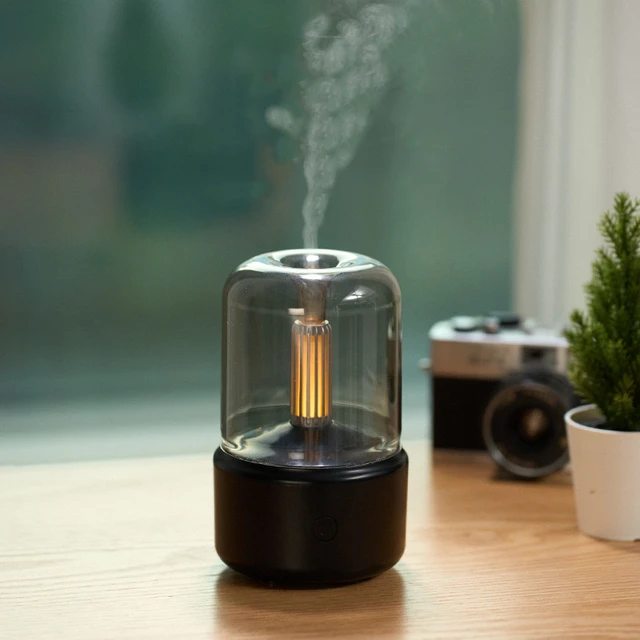
Personal Preference and Safety Considerations
4.1. Personal Preference
The choice between a vaporizer and humidifier often depends on personal preference and specific needs. Some individuals may find the warm mist from a vaporizer more soothing, while others prefer the cool mist from a humidifier. Consideration should also be given to the device’s features, noise level, and ease of maintenance.
4.2. Safety Considerations
When selecting between a vaporizer and a humidifier, safety considerations are paramount. Vaporizers pose a higher risk of burns, especially with warm mist models that involve boiling water. Humidifiers, on the other hand, are generally considered safe when used correctly. However, it is important to practice proper maintenance and cleaning to prevent the growth of bacteria and mold.
Additional Factors to Consider
5.1. Noise Level
Some individuals may be sensitive to noise and prefer a quieter device for uninterrupted sleep. Ultrasonic humidifiers often operate quietly compared to vaporizers and other types of humidifiers, making them a suitable choice for those seeking a peaceful sleep environment.
5.2. Maintenance Requirements
Both vaporizers and humidifiers require regular cleaning and maintenance to prevent the growth of bacteria and mold. Follow the manufacturer’s instructions for cleaning and disinfecting the unit, and use distilled or demineralized water to minimize mineral buildup.
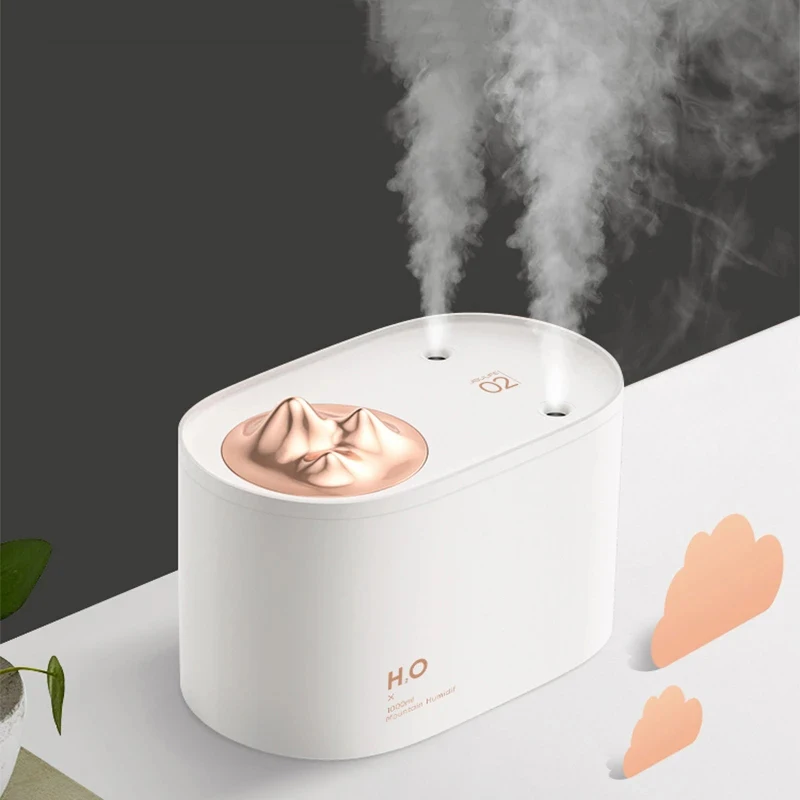
Professional Guidance and Allergies
6.1. Consult a Healthcare Professional
If you are unsure about whether to choose a vaporizer or humidifier for cough relief, consider consulting a healthcare professional. They can provide personalized advice based on your specific symptoms, medical history, and any underlying respiratory conditions.
6.2. Allergies and Asthma
Individuals with allergies or asthma should exercise caution when using vaporizers or humidifiers, as these devices can potentially worsen symptoms for some individuals. It is advisable to consult a healthcare professional before using these devices if you have specific respiratory concerns or sensitivities.
Combination Devices
7.1. Hybrid Vaporizer-Humidifiers
In some cases, combination devices that function as both vaporizers and humidifiers are available in the market. These devices offer the benefits of both warm mist vaporizers and humidifiers in a single unit. They can provide the soothing effect of warm mist while also increasing the moisture level in the air. This can be convenient for individuals who desire the dual functionality provided by both devices.
7.2. Considerations for Combination Devices
When considering a combination device, it is important to carefully review the product specifications and features. Ensure that the device meets your specific needs in terms of misting options, safety considerations, noise levels, and maintenance requirements.
Other Cough Relief Measures
8.1. Hydration
In addition to using vaporizers or humidifiers, maintaining adequate hydration is crucial for cough relief. Drink plenty of fluids, such as water, herbal tea, and warm liquids, to help loosen mucus and soothe the throat. Staying hydrated can further support respiratory health and alleviate cough symptoms.
8.2. Steam Inhalation
Steam inhalation is another effective remedy for cough relief. Fill a bowl with hot water, place a towel over your head, and inhale the steam. Adding a few drops of essential oils, such as eucalyptus or peppermint, can provide additional respiratory benefits.
8.3. Proper Rest and Sleep Positioning
Getting sufficient rest is vital for cough recovery. Elevating the head and upper body with additional pillows or using an adjustable bed may help reduce coughing at night, as it helps to drain mucus and minimize postnasal drip.
8.4. Avoiding Triggers
Identifying and avoiding triggers that exacerbate coughing symptoms is important. This may include irritants such as cigarette smoke, strong odors, or allergens. Keeping the living environment clean and dust-free can also help minimize cough triggers.
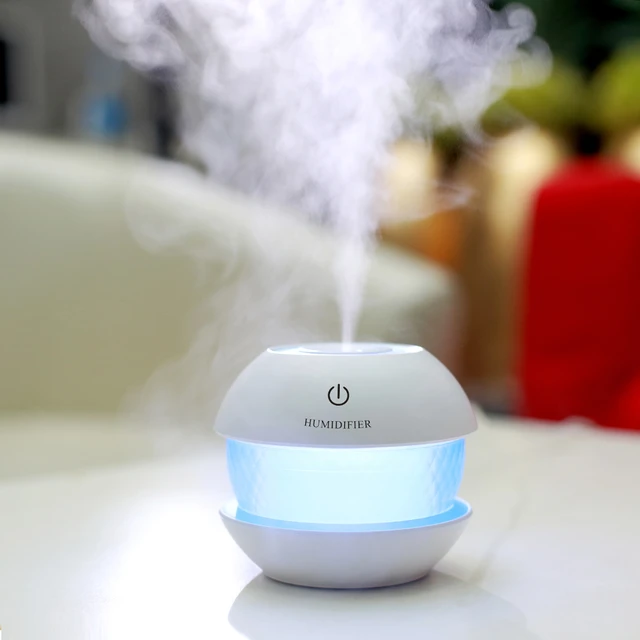
Conclusion
Choosing between a vaporizer and a humidifier for cough relief depends on personal preference, safety considerations, and specific needs. Both vaporizers and humidifiers can offer benefits in terms of adding moisture to the air and alleviating dryness and irritation in the airways. Consider factors such as safety, noise level, maintenance requirements, and professional guidance when deciding which device is most suitable for cough relief. Prioritizing safety, following proper maintenance routines, and consulting healthcare professionals when needed will help ensure the most effective and appropriate choice for cough relief.
